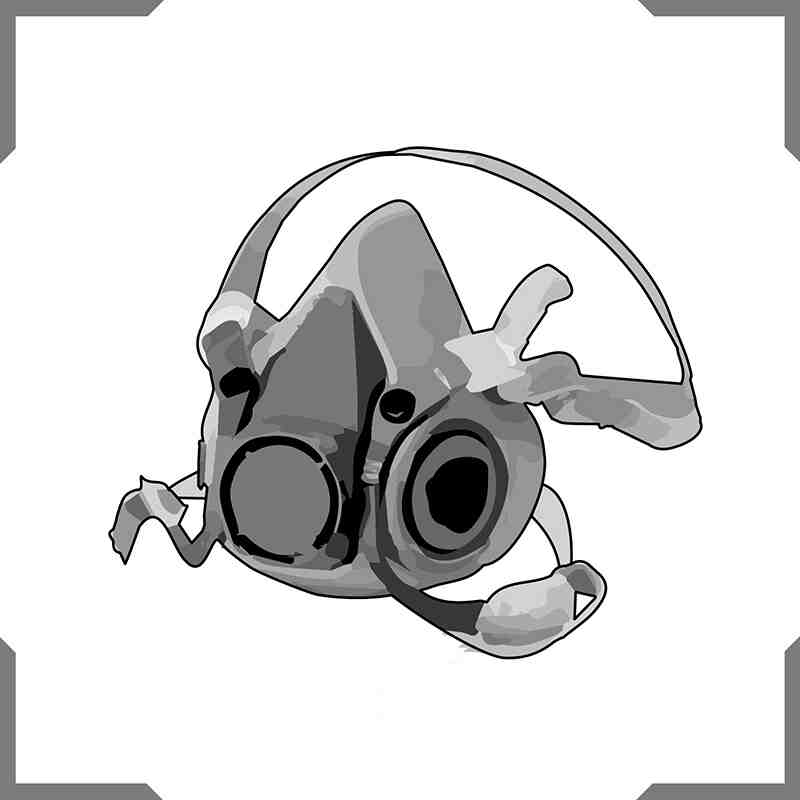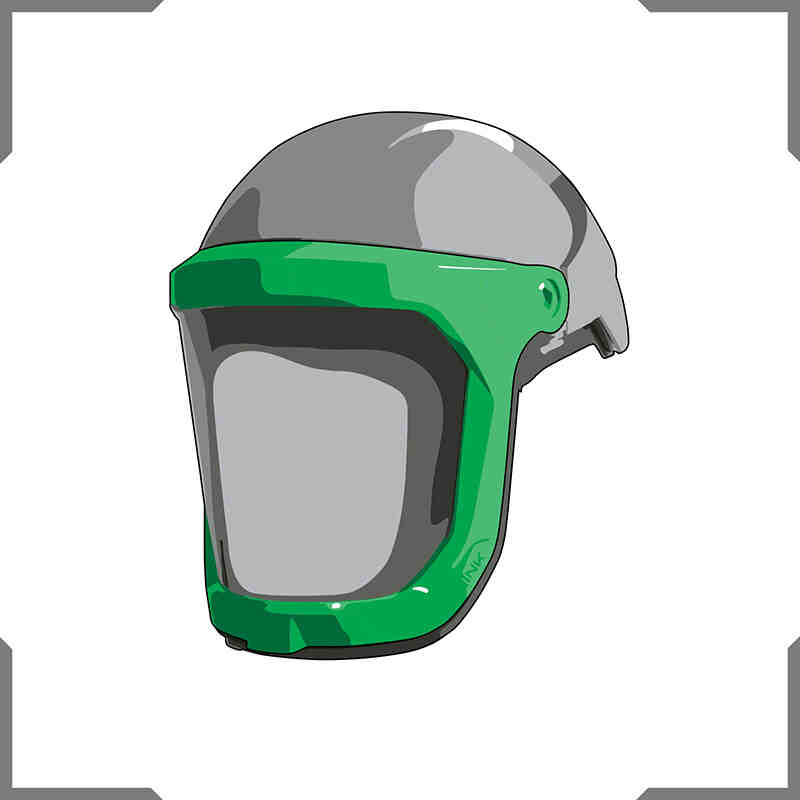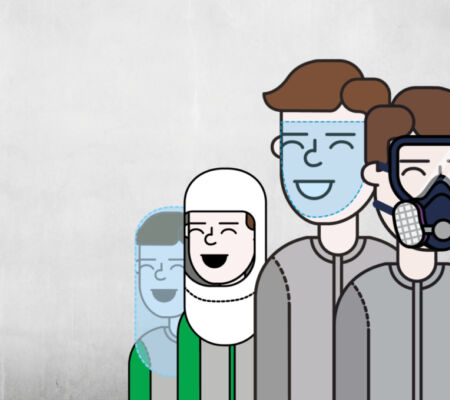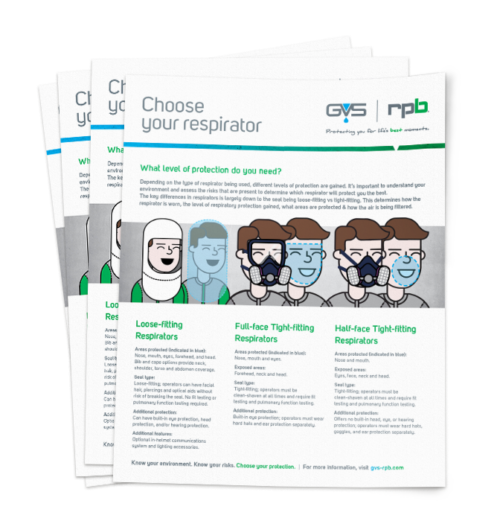
When selecting a respirator it’s important to understand the demands of your role in order to get the best possible protection for your lungs.
Back to Articles & Resources View all Using Your Respirator content
Industrial workers are offered a wide range of choice when it comes to selecting their respiratory protection. In order to make this decision they need to assess and understand the hazards in their environment, the compliance requirements set out by the governing safety body for their region, and determine what personal protective equipment is going to work best for them and their team. With so many different factors to consider, such as style, fit, weight and functional capabilities, this can make the decision quite intimidating so it’s important to understand what is actually out there.
Tight-fitting vs Loose-fitting Respirators

Tight-fitting respirators
These are either half-face or full-face and require a tight seal between the respirator and the user’s skin which prevents ambient air from entering as the user breathes.

Loose-fitting respirators
Cover the user's face or entire head and provide protection without requiring a tight seal against the face due to the positive pressure from the air supply.
Seal Effectiveness
Because tight-fitting respirators require a complete seal, users need to be clean-shaven at all times for these to remain effective, even just a few hours of facial hair growth is enough to break this seal and put the user at risk of breathing in contaminants. The seal can also be impacted through weight gain/loss as the users face shape changes, further putting them at risk of not wearing the respirator correctly. To ensure these are fitted correctly, users need to undergo fit testing annually and also complete fit checks every time they are donned.
Loose-fitting respirators however do not rely on a tight seal, so operators can have facial hair and go through weight gain/loss without compromising their safety.
Negative Pressure vs. Positive Pressure
Negative pressure respirators: These rely on the user’s lungs to draw in ambient air which is filtered as they breathe in. Because of this, a tight seal needs to always be maintained and anyone with underlying respiratory illnesses such as asthma or COPD cannot use this type of respirator.
Positive pressure respirators: These work by filtered powered or supplied air entering the users breathe zone at a greater rate than ambient air can enter through any breaks in the seal. This expels any unfiltered air from attempting to enter and allows the user to breathe as they normally would.
Head Protection
Tight-fitting respirators such as half-face and full-face do not provide any head protection and rely on additional items of PPE to be worn to achieve this.
Loose-fitting respirators generally have bump cap protection and can be equipped with hard hat protection also.
Hearing Protection
Half-face and full-face tight-fitting respirators do not have built-in hearing protection capabilities. As hearing protection is recommended in noisy environments, users of tight-fitting respirators need to use additional PPE such as earplugs or earmuffs.
Because loose-fitting respirators enclose the head, these generally provide a degree of hearing protection. Where there is a need for complete hearing protection, in-built hearing protection such as earmuffs can be equipped.
Rebound/Overspray Protection
As tight-fitting respirators only cover a small area of the operator’s face, the user is still exposure to rebound or overspray on any unprotected areas. Half-face provides only mouth and nose protection forcing users to wear additional PPE such as safety glasses for eye protection, while full-face covers the operator’s entire face.
Loose-fitting respirators at the very least cover the entire face providing built in eye and skin protection. With a range of optional cape/hoods available these systems can protect the user’s neck, shoulders and chest also.
Infographic
Making your choice
Your respirator choice can be the difference between making it home safely each day or suffering from both short and long term health issues. Take the time to understand the hazards in your environment, how effectively they are being mitigated and the level of safety you need for your role. Check out our infographic for more information on different respirator types!

